Striped red-eye puffer - Carinotetraodon salivator
Scientific name: Carinotetraodon salivator
Common name: Striped red-eye puffer
Family: Tetraodontidae
Usual size in fish tanks: 4 - 5 cm (1.57 - 1.97 inch)
014
Recommended pH range: 6.6 - 7.6
Recommended water hardness: 5 - 20°N (89.29 - 357.14ppm)
0°C 32°F30°C 86°F
Recommended temperature range: 22 - 26 °C (71.6 - 78.8°F)
The way how these fish reproduce: Spawning
Where the species comes from: East Asia
Temperament to its own species: peaceful
Temperament toward other fish species: aggressive/territorial
Usual place in the tank: Middle levels
Origin
Carinotetraodon salivator, commonly known as the Striped Red-Eye Puffer, is native to Southeast Asia. Its natural distribution includes slow-moving freshwater streams and peat swamp forests of Malaysia and Borneo. These habitats are typically soft, slightly acidic, and rich in leaf litter and submerged vegetation.
Short description
This small freshwater pufferfish grows up to 5 cm (1.97 inches) and is known for its striking red eyes and striped or mottled body. While they are peaceful toward their own kind, they tend to be aggressive and territorial toward other species. Due to their sensitivity and waste production, it's best to house them in a species-only setup with ample filtration. Each fish should have at least 10 gallons (38 liters) of space.
Tank requirements
A well-cycled aquarium of at least 40 liters (10 gallons) per fish is necessary. Use a soft, sandy substrate with plenty of live or artificial plants, driftwood, and hiding spots to reduce stress and encourage natural behaviors. Dim lighting is recommended to mimic their native habitat. Keep water parameters stable, with a temperature between 22–26°C (71.6–78.8°F), pH of 6.6–7.6, and dGH between 5–20 °N.
Tank mates
Despite their small size, Striped Red-Eye Puffers are aggressive toward most other species and should be kept alone or in a carefully managed species group. Never house them with slow or long-finned fish. If housed in a group, provide plenty of hiding spots to reduce territorial disputes.
Behaviour
These puffers are semi-nocturnal, often more active in the early morning and evening hours. Once they become accustomed to their keeper, they may shift their routine and actively greet you during feeding time. They are intelligent and inquisitive, often inspecting their surroundings and showing individual personalities.
Diet
Carinotetraodon salivator is a carnivorous species and should be fed a varied meaty diet. Offer frozen bloodworms, krill, mosquito larvae, and snails. Occasional live foods help stimulate hunting behavior. While their teeth don’t grow as rapidly as other puffers, shelled foods still help prevent dental issues.
Sexing
Males are more colorful and slightly larger than females. Females typically have a more subdued, mottled brown pattern with a paler underside, while males exhibit stronger stripe contrast and redder eyes.
Breeding
In captivity, breeding is possible but requires patience. The male initiates courtship through displays and circling the female for several days. Spawning occurs on flat surfaces or the substrate. Post-spawning, the male drives the female away and guards the eggs, which hatch in about 3 days. Fry become free-swimming a few days later and should be fed Infusoria followed by newly hatched brine shrimp.
Lifespan
Although their exact lifespan in captivity is not well-documented, it's believed they can live up to 5–7 years under optimal conditions with proper care.
Pictures
Bought by aqua-fish.net.
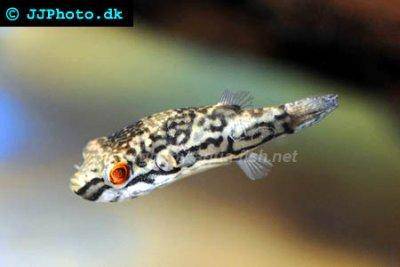



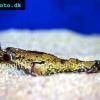 Red
Red 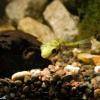 Malabar
Malabar 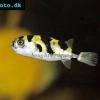 Amazon
Amazon 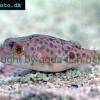 Red-spot
Red-spot 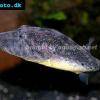 Bailey’s
Bailey’s 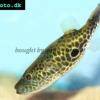 Thai
Thai 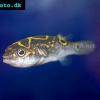 Figure
Figure 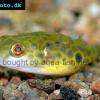 Fang’s
Fang’s 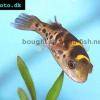 Green
Green  Coral
Coral 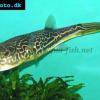 Giant
Giant 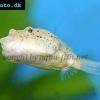 Congo
Congo 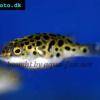 Green
Green 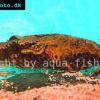 Humpback
Humpback 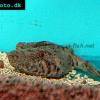 Mekong
Mekong 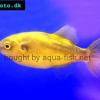 Bronze
Bronze